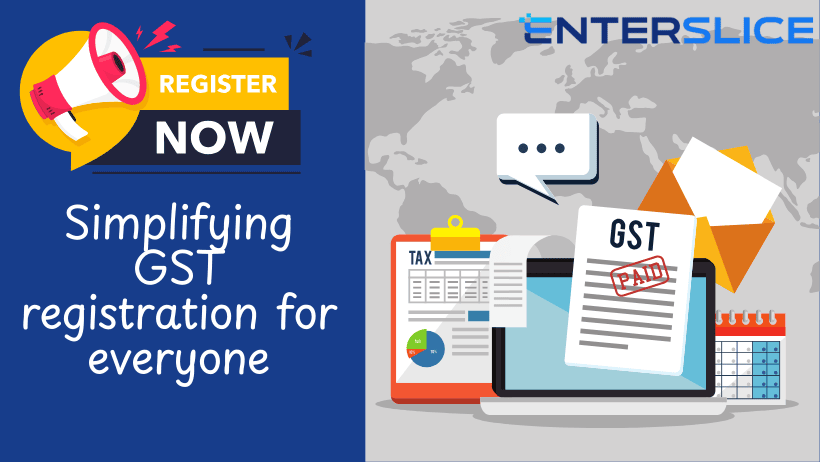
Difference between Regular GST and Composite GST
The Indian GST system offers two schemes: Regular GST and the Composition Scheme (Composite GST), each catering to different types of businesses.


© 2024 Crivva - Business Promotion. All rights reserved.